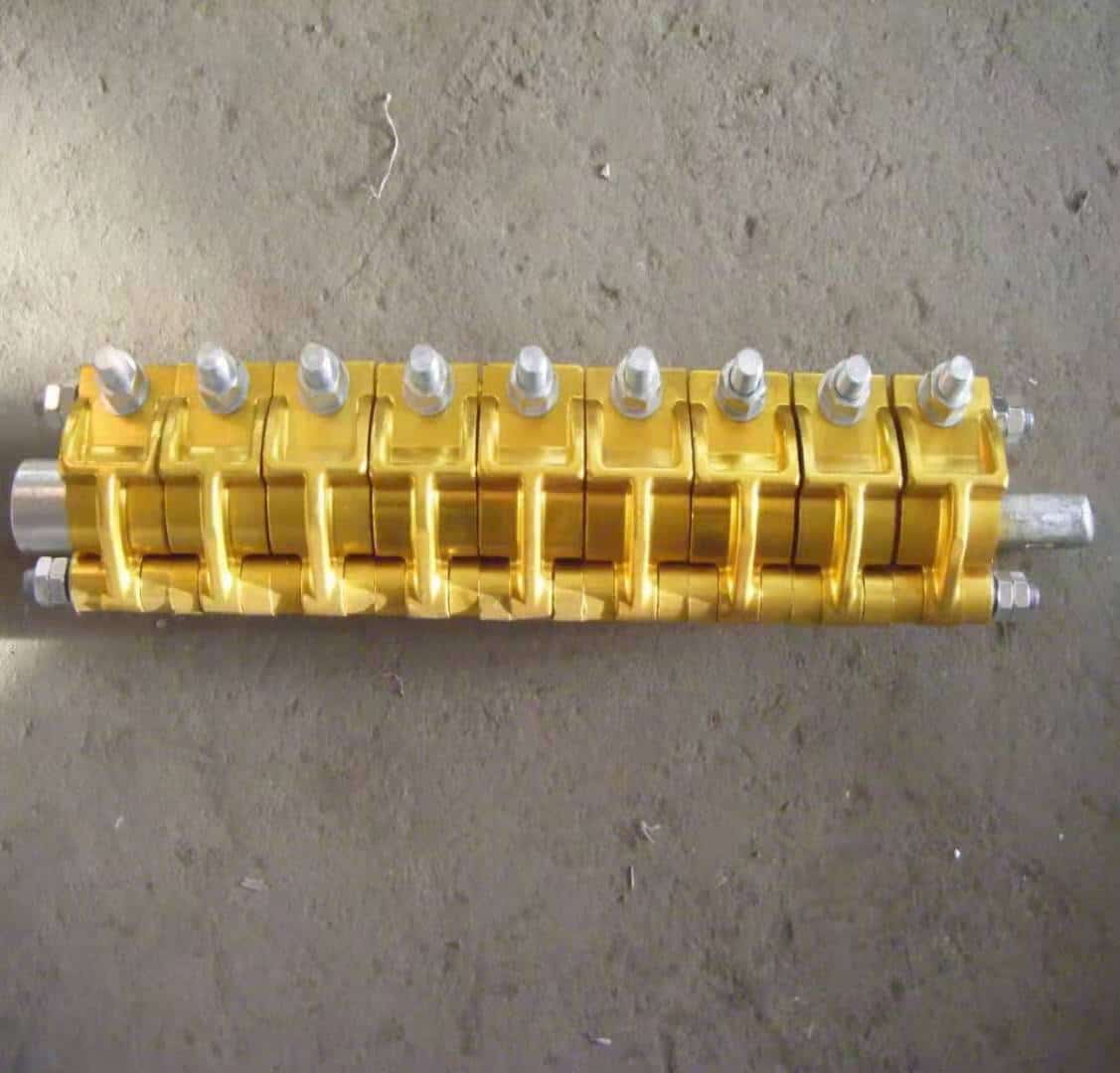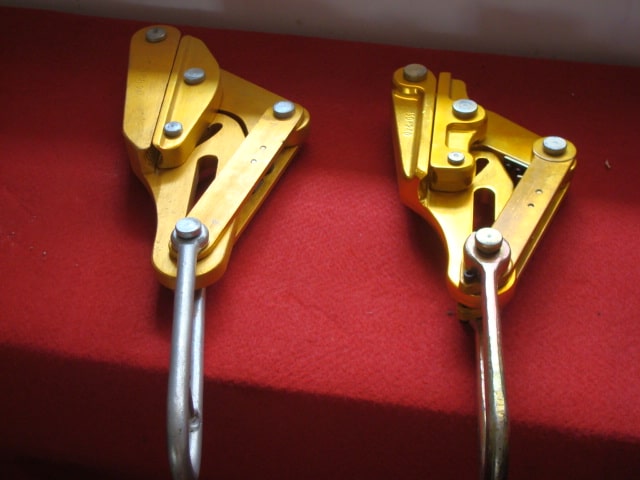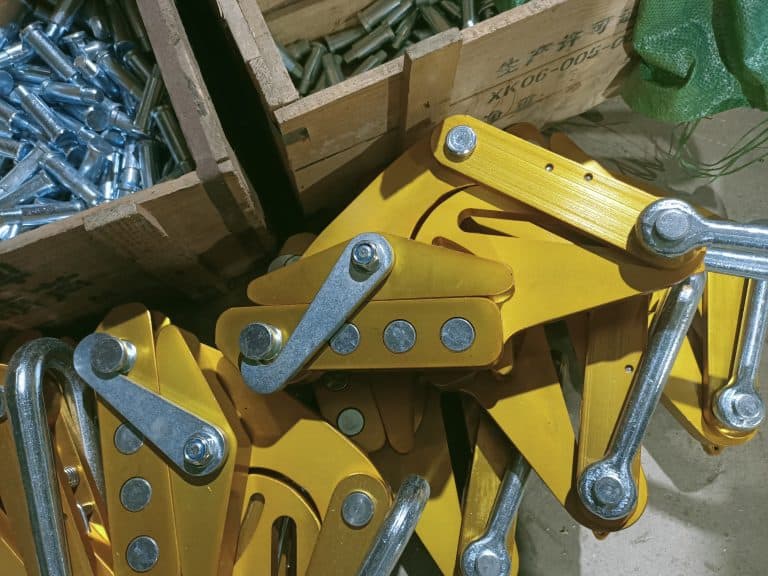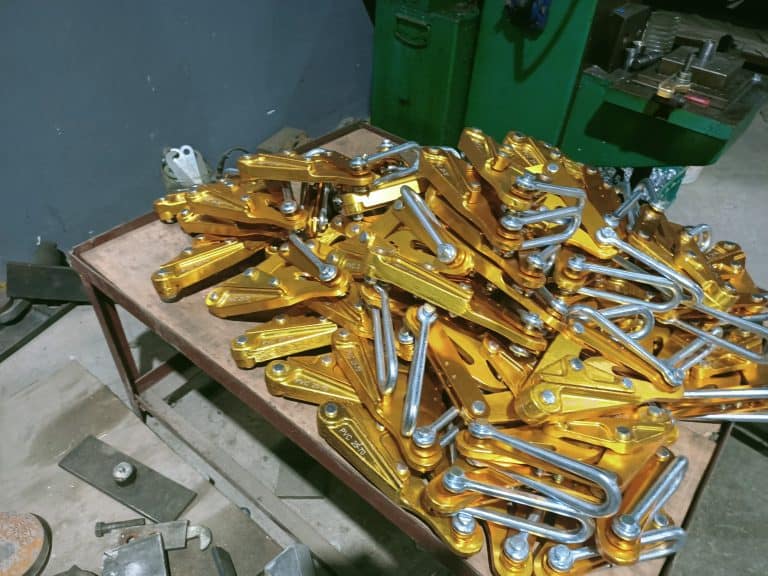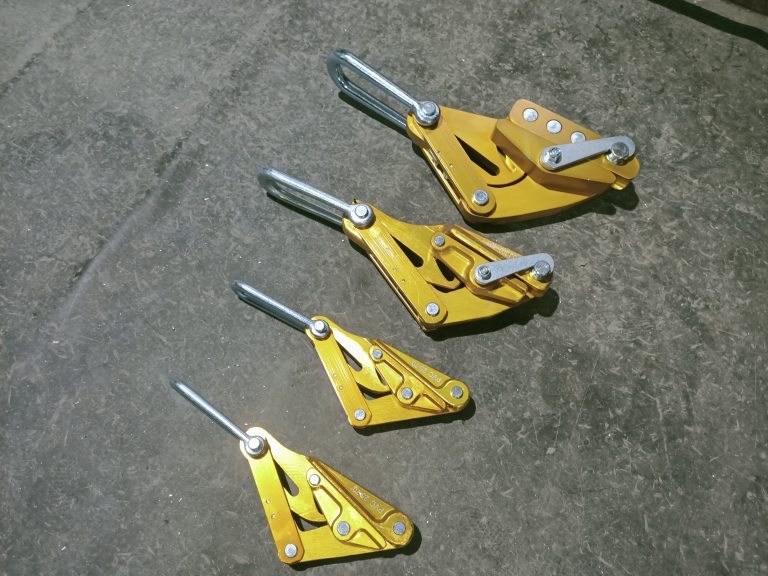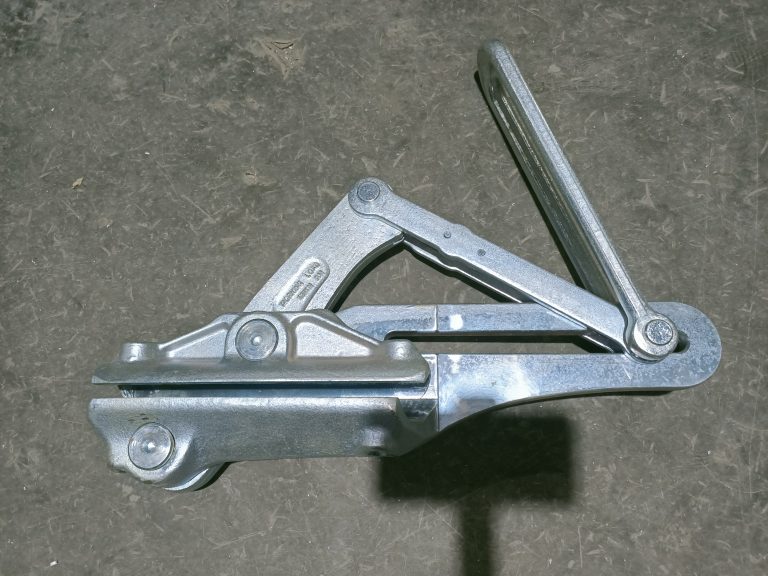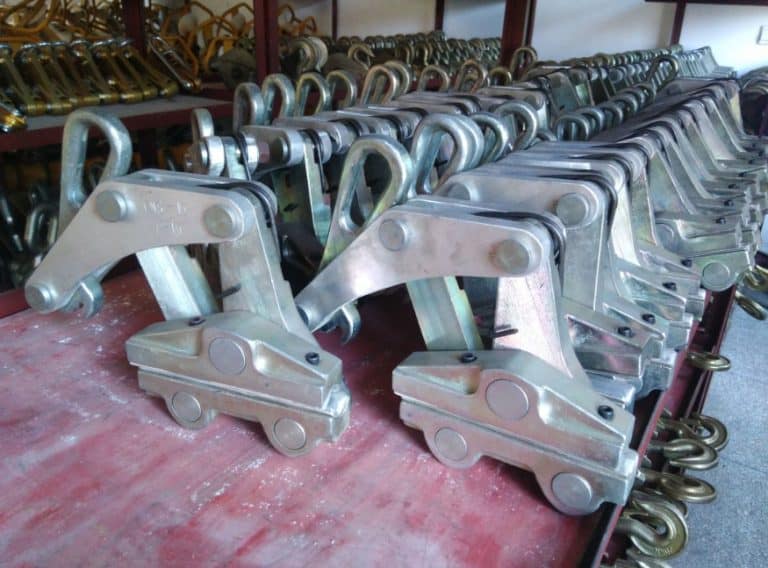Understanding the Working Principle and Advantages of Conductor Grips
Conductor grips, also known as conductor pulling grips, are essential tools for professionals in the…
Conductor grips, also known as conductor pulling grips, are essential tools for professionals in the electrical and telecommunications industries. They are used to grip and hold conductors securely in place, making them ideal for a range of applications, including conductor pulling and tensioning. In this article, we will discuss the working principle and advantages of conductor grips.
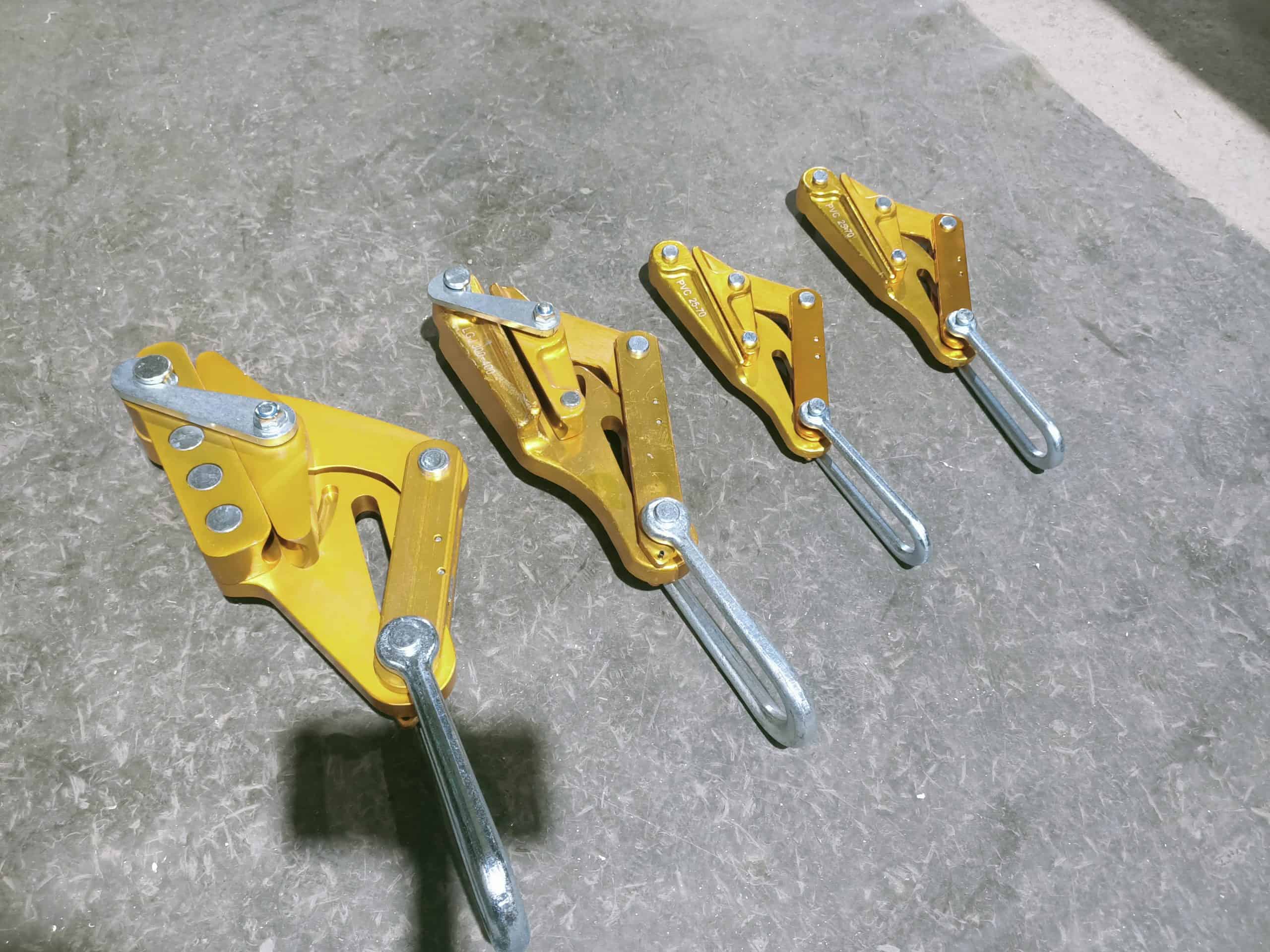
The working principle of conductor grips is simple yet effective. They are designed to grip and hold conductors using a combination of interlocking wires and flexible grips. The interlocking wires create a strong and secure grip, while the flexible grips provide the necessary tension and flexibility to hold the conductor securely in place.
One of the advantages of conductor grips is their ease of use. They are designed to be used by a single person, which makes them ideal for use in small teams or by individual contractors. They are also highly adjustable, which makes them suitable for a range of conductor sizes and types.
Another key advantage of conductor grips is their versatility. They can be used for a variety of applications, including conductor pulling, tensioning, and cutting. They are also suitable for use in a range of environments, including underground cable installations and overhead power line construction.
Conductor grips are also designed for safety. They are designed with locking mechanisms and emergency stop buttons to prevent accidents and injuries. The gripping mechanism is also designed to hold the conductor securely, reducing the risk of slippage and accidents.
Conductor grips are used for a range of applications in the electrical and telecommunications industries. They are commonly used for conductor pulling, which involves using the grip to grip and pull a conductor through a conduit or duct. They are also used for conductor tensioning, which involves using the grip to apply tension to a conductor to ensure that it is held securely in place.
In addition to conductor pulling and tensioning, conductor grips are also used for conductor cutting. This involves using the grip to hold the conductor securely in place while it is cut to length. Conductor grips are also used for conductor splicing, which involves joining two or more conductors together.
In conclusion, conductor grips are essential tools for professionals in the electrical and telecommunications industries. They are easy to use, versatile, and designed with safety in mind. With their wide range of features and applications, conductor grips are an ideal choice for anyone who needs to grip and hold conductors securely in place.

